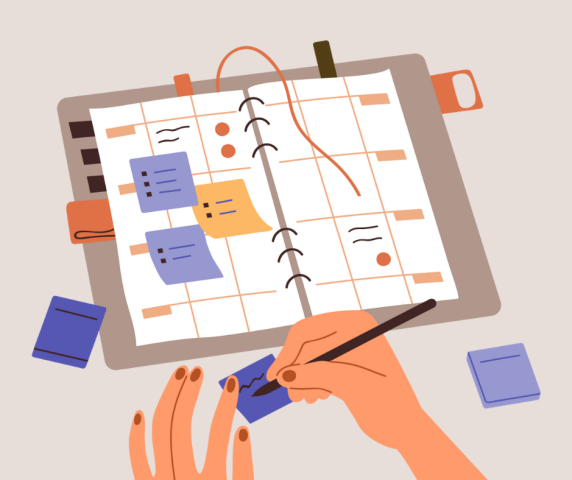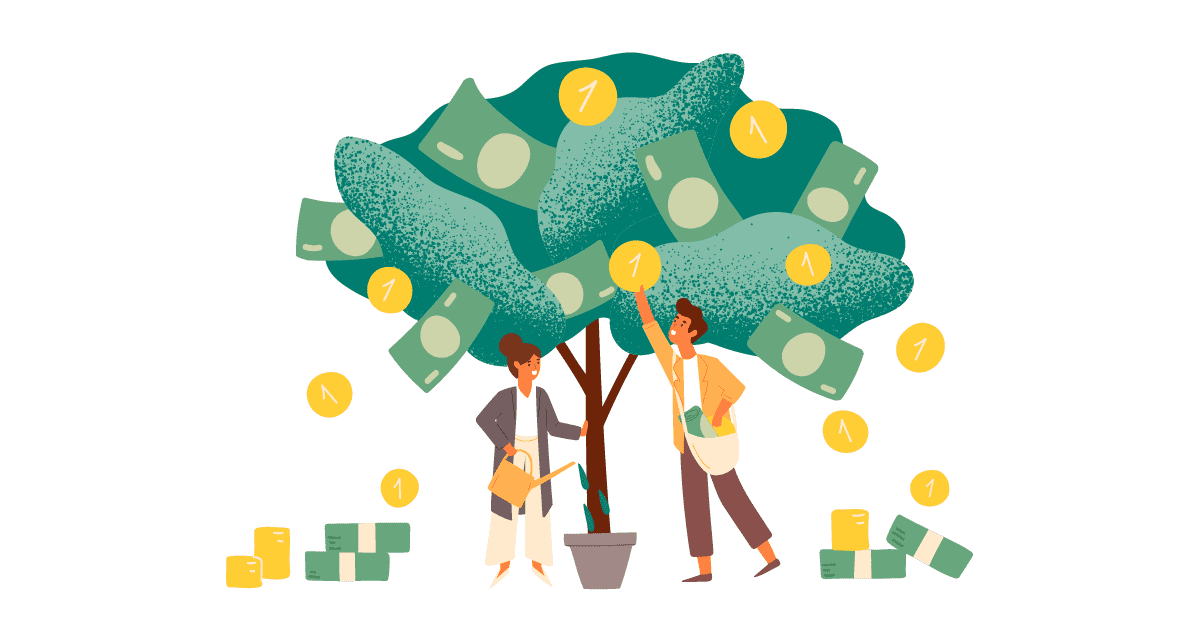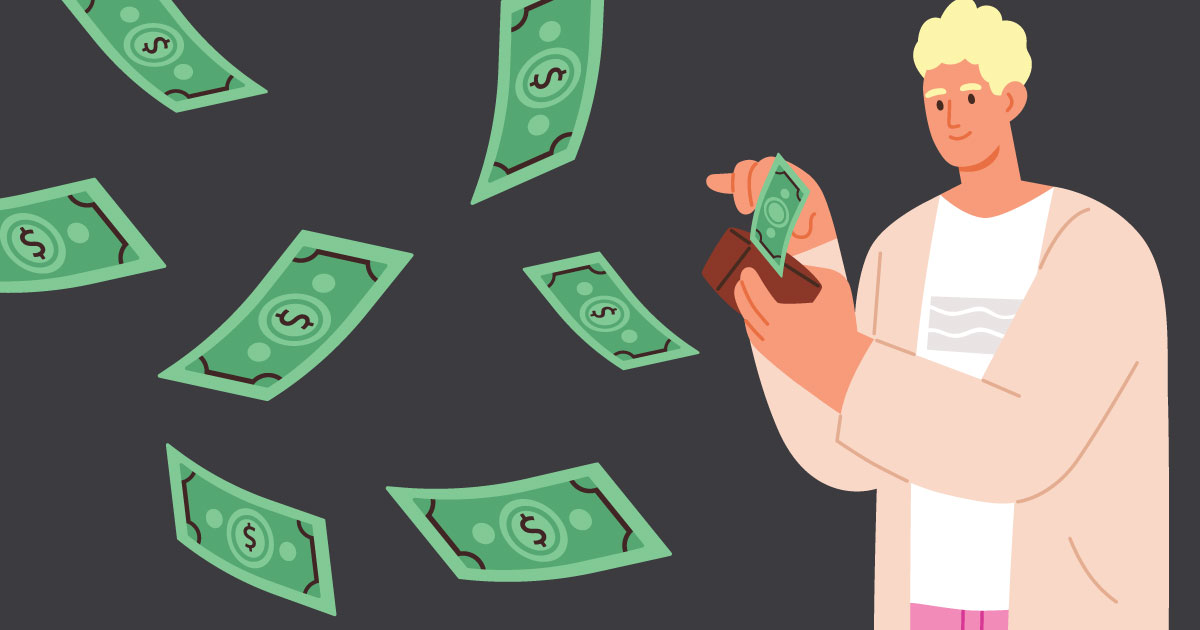- Guest Contributor
- January 27, 2022
As an independent worker, you get true flexibility, endless earnings potential, and the opportunity to be your own boss, but all that does come at a cost. You’re also on your own when it comes to paying your taxes and oftentimes, that means making quarterly tax payments. If that’s your reality now – and it likely is – then you need to know how to make that happen or risk big penalties. Thankfully, you can simply use this guide to get started.
Who Needs to Pay Taxes Each Quarter
If you’re self-employed, you likely need to pay your taxes on a quarterly basis to avoid penalties. The general rule is that you should send in your estimated taxes quarterly if you expect to owe at least $1,000 by the end of the year.
If you didn’t expect to make so much in your first year as a gig worker, you’re likely off the hook for the penalties. But you will need to pay the full amount due at the end of the year. As long as you’re saving about 30% from each payment, you’ll be prepared to do that.
You can then use the total amount owed to estimate your quarterly payments for the following year if you expect to make the same amount. Otherwise, you’ll want to work with an accountant or use an online calculator to figure out how much to pay.
When to Make Quarterly Tax Payments
When making quarterly tax payments, you must send in your funds by the following dates:
- Quarter 1: April 15th
- Quarter 2: June 15th
- Quarter 3: September 15th
- Quarter 4: January 15th
If the 15th lands on a weekend or a holiday, then you need to have your payment in by the following business day.
How to Pay Taxes by the Deadline
The IRS offers several convenient ways to make your tax payments, including:
- Through your bank account using Direct Pay
- With a credit or debit card through the online system
- By sending a check or money order by mail
You may also make your payment at a participating retail location using PayNearMe, VanillaDirect, or cash. With this option, you have to mind the $500 to $1,000 per day limit, which could mean multiple trips.
What Happens If You Don’t Make Your Payments
In order to avoid a penalty, you must pay at least 90% of your tax obligations for the year. On top of that, you must make all your quarterly payments on time.
The penalty amount starts at 0.5% of the total tax owed and goes all the way up to 25%. Furthermore, the IRS charges interest on the penalties, increasing your obligations even more.
Since the penalties can add up fast, it’s best to make sure you’re paying your taxes on time and in full each quarter. Remember that income from gigs often ebbs and flows, so save as much as you can throughout the year to avoid getting into trouble during slow periods.
Now that you know how to handle your quarterly tax payments, it’s time to start creating your tax savings goals. After that, it’s just a matter of sticking to them to best manage your income earned as an independent worker.
About the Author: Marie Abendroth is a skilled content strategist and SEO copywriter who has been a proud part of the gig economy for over 10 years. In her articles, she aims to provide up-to-date info that can help everyone achieve their goals as an independent worker. You can find her on WriterAccess.











